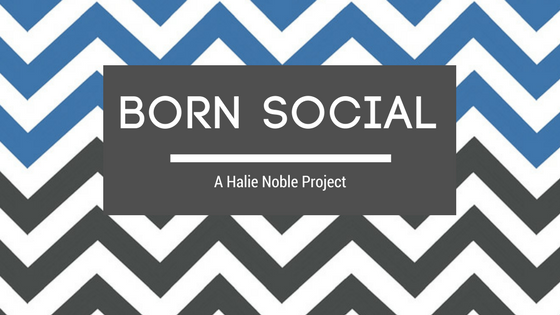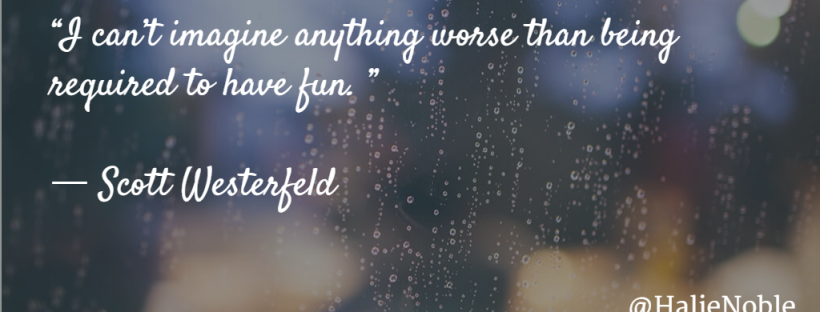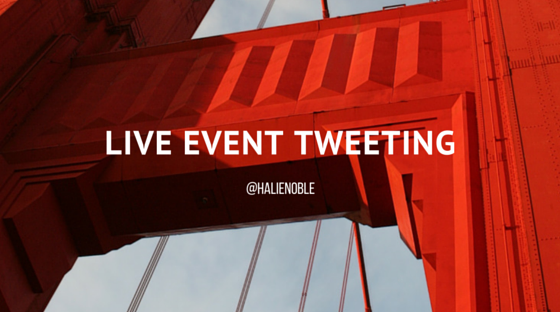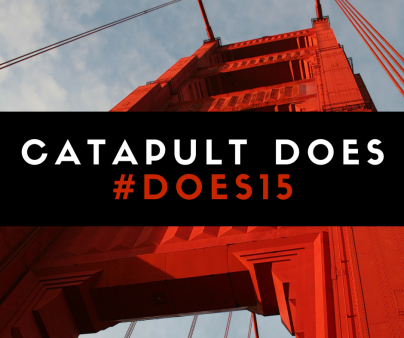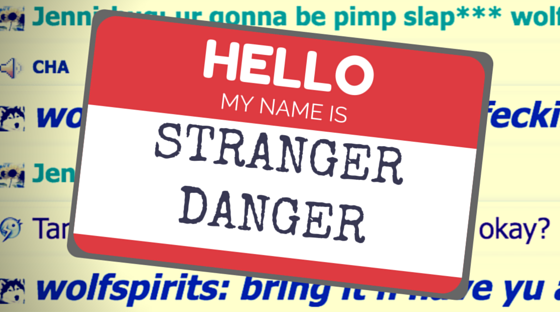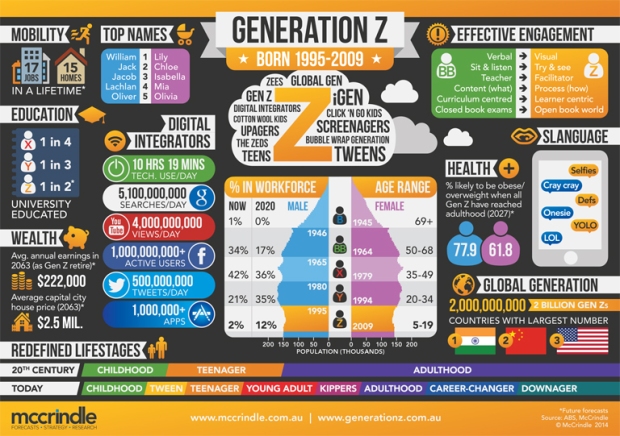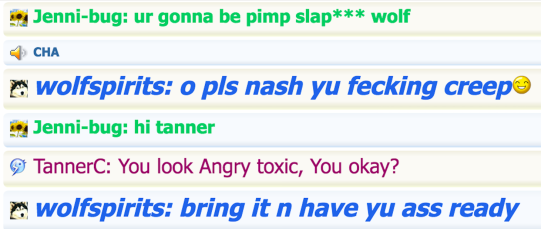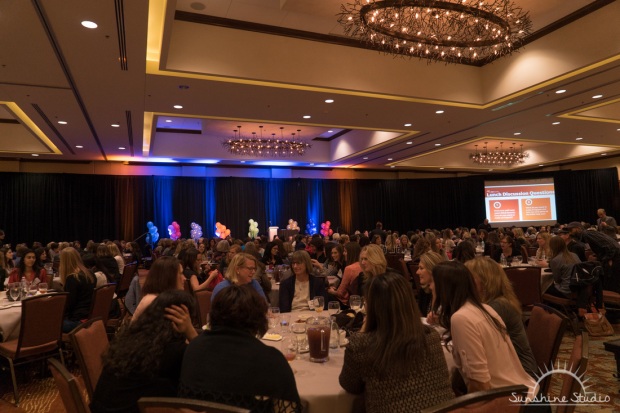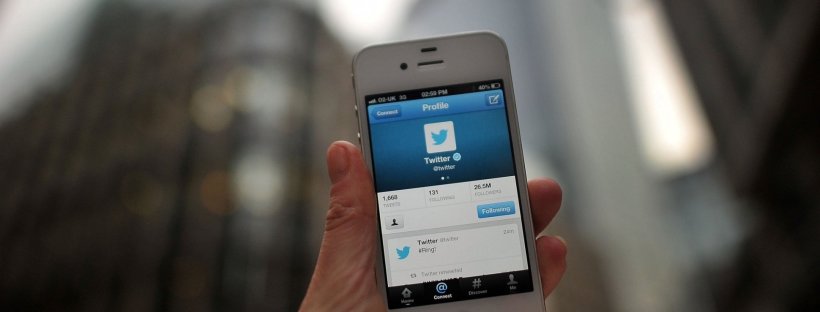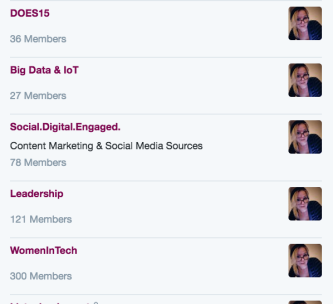All people, in business and personal life, prefer to be talked to than at. Live interactions can define your reputation as a friend, foe, pro or troll to your communities far more so than the scheduled content you create and distribute across your “strategic #social channels.”
Want to use social media to grow your online presence?
Be a “friendly professional,” someone who has all the answers and others want to use as a resource, but don’t forget to also just be human.
#Marketers and other communications specialist use countless strategies, tools and working hours trying to start “human conversations” when real conversations are happening at a rate of +/- 10,000 tweets/minute, all day, every day.
#TBH – I am an opinionated person, but most of what I share from my public accounts is non-combative.
#SocialMedia is a huge part of my personal #brand and I make a concerted effort to reduce spamming my social #networks. I used to believe an objective, quantified tone helps combat the stigmas that all #WomenInBiz, tech, #finance, etc., face, and that if I showed human emotion, somehow humans would like me less.
But that changed a few nights weeks months ago (ah the joys of personal #blogging). I was scrolling through my social feeds when, percolating through the #software community, a newly trending hashtag caught my eye.
It was a #poetry challenge. Comical, casual and lacking any real reward besides community #BrowniePoints. The contributions coming in from other users inspired me.
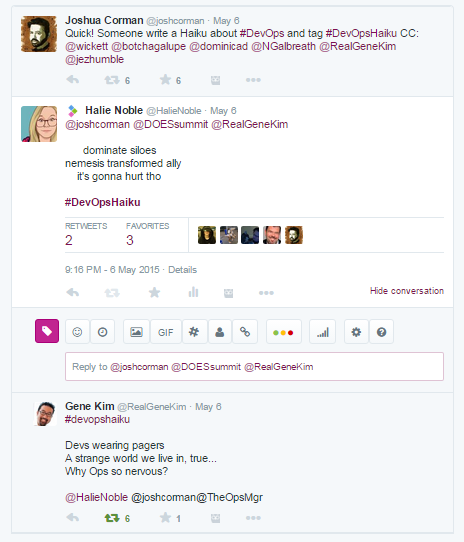
He said “quick,” and I was. Getting in on the trend early is important for maximizing the impressions and engagements you receive. Also, being the early bird to a trending worm makes you seem totally on top of your industry/topic’s game.
Their off-the-cuff #haiku[s] legitimately made me #LOL and helped inspire the oh-so-clever ideas (#imho) in my head that demanded to be written, shared and smirked at – at least I thought so.
A few ideas popped into my head right away, one of them actually exited my fingers and appeared in my #twitter text box. The #tweet was ready to be sent to strangers and appreciated by new friends. I took a quick glance for typos and without any further consideration hit send. I’d done it, I’d shared my own #DevOpsHaiku and tagged an #IndustryLeader or two I hoped (without expectation) I could stir a chuckle from.

I just couldn’t stay away. I had the taste for a trend and my personal brand was getting great awareness through the mentions, retweets and replies of those far higher up the social ladder than I – for making them laugh.
The rewards for actually drafting and responding publicly with my own #creative content, without first suffocating myself in doubt and revisions, blew away my expectations.
I almost immediately found myself engaging with two of the very personalities I, plus tens-of-thousands of others in the #SoftwareDelivery/#Development world, avidly follow – @joshcorman & @RealGeneKim. Not only them, but C-levels from my #PR clients engaged with my posts positively and we were able to humanize each other a bit more – something that can be difficult when in #B2B relationships separated by time zones.
Restricting yourself to strictly content creation and distribution may allow you to reach the customers you’re targeting but not the humans want to talk to.
TL;DR: Find a trending hashtag that interest you, explore the conversation and speak up when you’re inspired to: Throughout this blog post I provided several #hashtags, hyperlinked for your convenience. There are also a variety of tools available for tracking current trends.
If you want to get social on social media, don’t blindly use keywords, hashtags or #SEO strategies to get placed into conversations you’re not present in. You’re perceived as legitimate when you provide a unique, individualized perspective. It may be as simple as hashtagging your location (e.g. #SanFrancisco, #Austin & #Boulder) and joining the local chatter happening around you; attending a live event and using its hashtag to connect with others there, or contributing to an online #TwitterChat.
Entering any conversation is the first step to leading it.
